NASA's James Webb Space Telescope snaps the astonishing NGC 346 star birthing region
Here is what NASA’s James Webb Space Telescope has snapped- NGC 346 star birthing region.
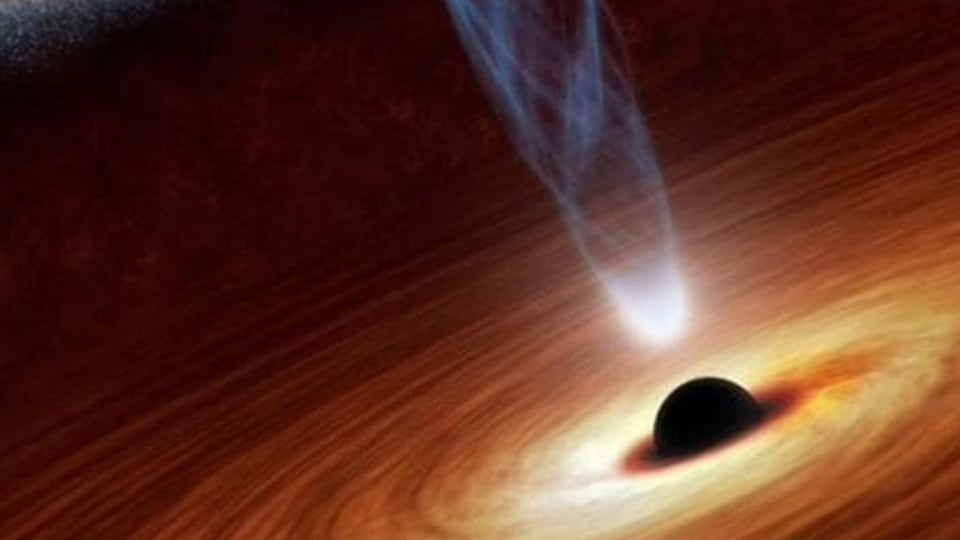

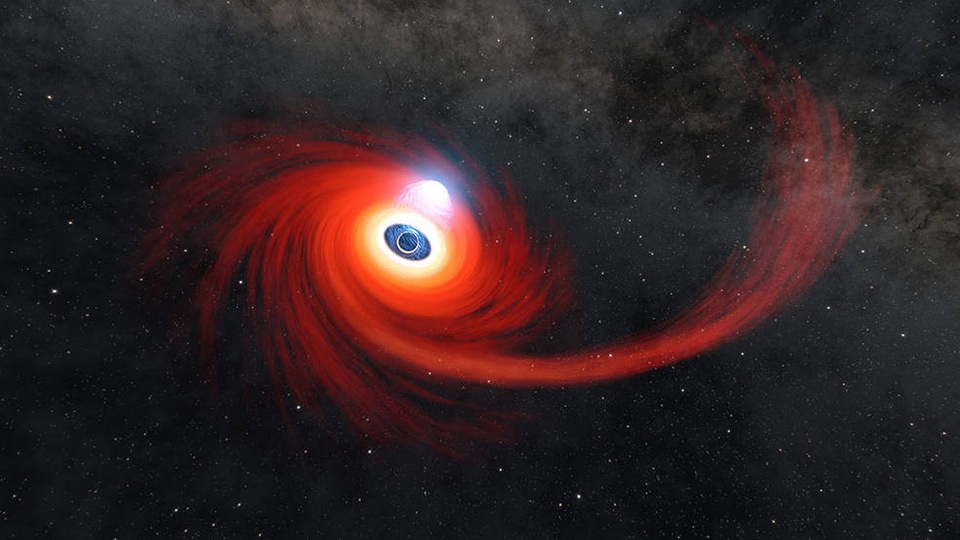
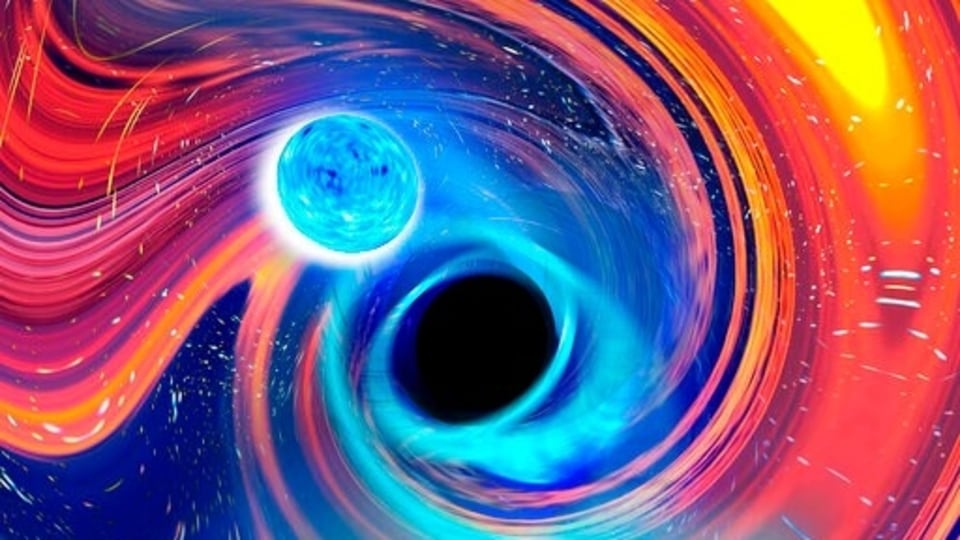
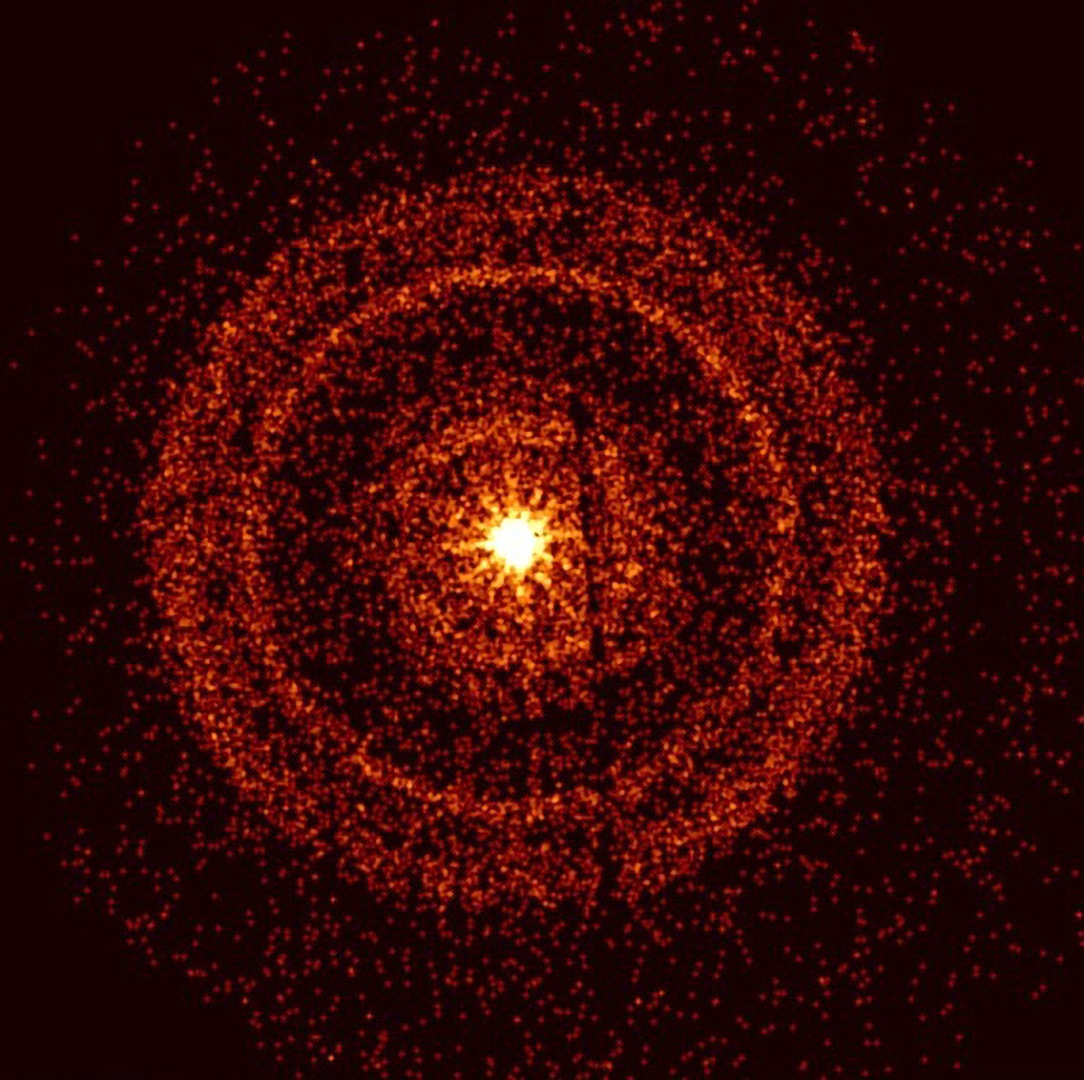
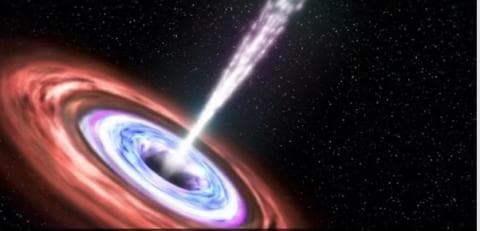
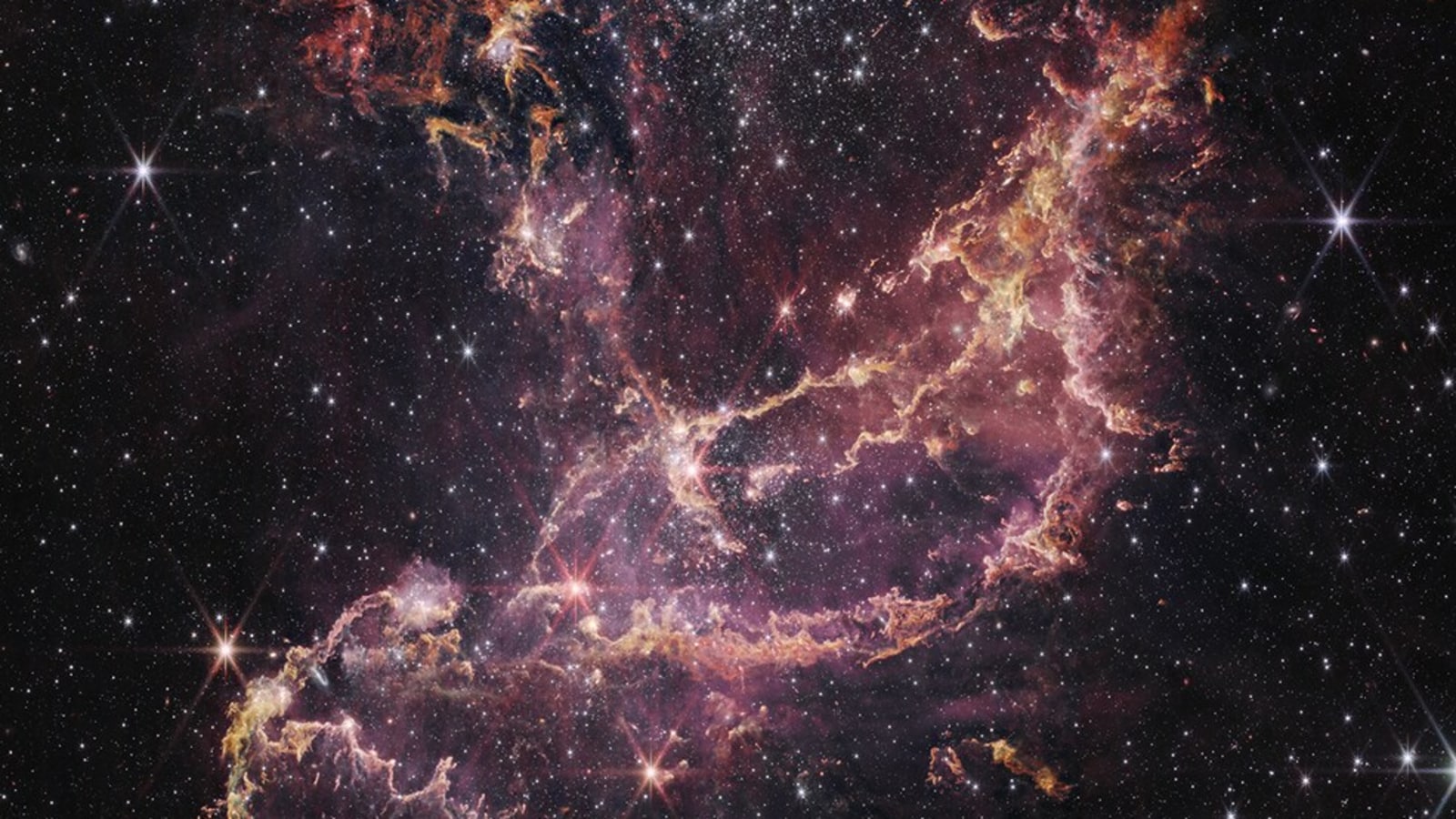
 View all Images
View all ImagesStar formation is not only a mysterious process, but also an awe-inspiring occurrence. And now, NASA's James Webb Space Telescope has taken an image of the star forming region called NGC 346. The mission is to know more about the star formation process in the early universe. Notably, NGC 346 is one of the most dynamic star-forming regions in nearby galaxies and it is full of secrets. However, this James Webb Telescope image has made it less mysterious.
"What was star formation like in the early universe? One way to study conditions in the distant past is to find parallels close by. That's why Webb took a look at star-forming region NGC 346 within our neighboring dwarf galaxy: https://go.nasa.gov/3CFXiJo #AAS241," NASA Webb Telescope tweeted.
According to NASA, NCG 346 is located in the Small Magellanic Cloud (SMC), a dwarf galaxy close to our Milky Way. The SMC contains lower concentrations of elements heavier than hydrogen or helium, which astronomers call metals, compared to the Milky Way. Since dust grains in space are composed mostly of metals, scientists expected there would be low amounts of dust, and that it would be hard to detect. However, new data from Webb reveals the opposite.
Astronomers probed this region because the conditions and amount of metals within the SMC resemble those seen in galaxies billions of years ago, during an era in the universe known as “cosmic noon,” when star formation was at its peak. Some 2 to 3 billion years after the big bang, galaxies were forming stars at a furious rate. The fireworks of star formation happening then still shape the galaxies we see around us today, the space research organisation stated in a report.
“A galaxy during cosmic noon wouldn't have one NGC 346 like the Small Magellanic Cloud does; it would have thousands” of star-forming regions like this one, said Margaret Meixner, an astronomer at the Universities Space Research Association and principal investigator of the research team. “But even if NGC 346 is now the one and only massive cluster furiously forming stars in its galaxy, it offers us a great opportunity to probe conditions that were in place at cosmic noon.”
By observing protostars still in the process of forming, researchers can learn if the star formation process in the SMC is different from what is observed in the Milky Way. Previous infrared studies of NGC 346 have focused on protostars heavier than about 5 to 8 times the mass of our Sun.
As stars form, they gather gas and dust, which can look like ribbons in Webb imagery, from the surrounding molecular cloud. The material collects into an accretion disk that feeds the central protostar. Astronomers have detected gas around protostars within NGC 346, but Webb's near-infrared observations mark the first time they have also detected dust in these disks.
Catch all the Latest Tech News, Mobile News, Laptop News, Gaming news, Wearables News , How To News, also keep up with us on Whatsapp channel,Twitter, Facebook, Google News, and Instagram. For our latest videos, subscribe to our YouTube channel.





























